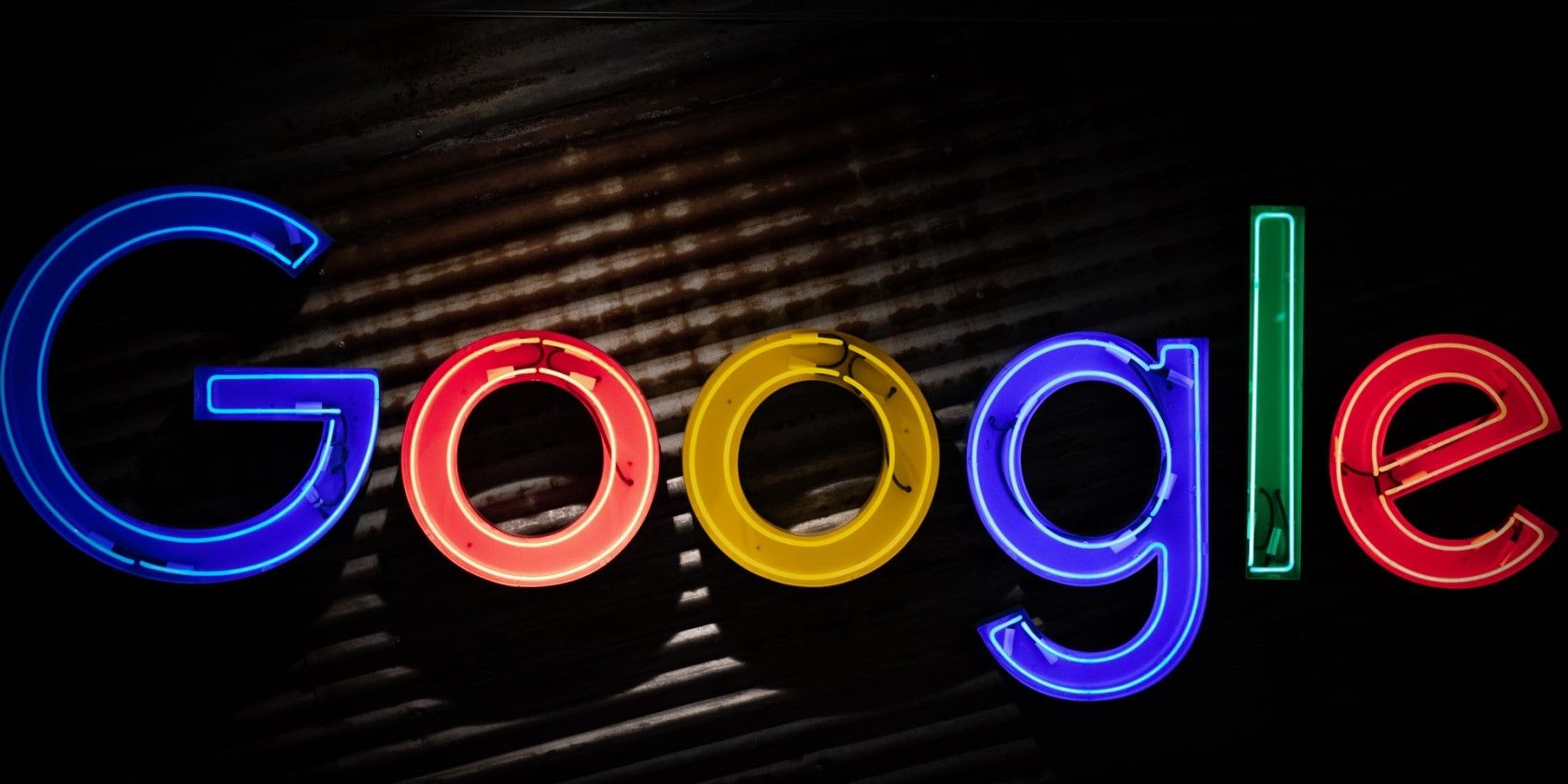Google is a world renowned search engine, which processes billions of searches every day. On top of this, millions of people use Gmail, Google Maps, Google Drive, and more.
However, not every venture taken on by Google have been successful. In fact, many haven't.
So, what were Google's biggest flops? Here are some of the company's biggest failures.
1. Google+
Google+ was a social media outlet created by Google in June of 2011. Google's hopes were high for this, hoping it would match the user numbers achieved by the likes of Facebook and Myspace. However, this success was never seen by Google+.
The site's unclear purpose, and Google's misunderstanding of user requirements, resulted in poor numbers. Unfortunately, Google+ was never improved upon enough to make it a hit, and Google shut down the site in April of 2019.
2. Google Tango
Google Tango, formally known as Project Tango, was an augmented reality platform, allowing users to experience the real world, but in an enhanced form.
Essentially, augmented reality involves inserting, or enhancing objects within a real-world view. For example, you could see Pikachu standing on a sidewalk in front of you, or a pterodactyl sitting on your roof.
While there wasn't anything particularly terrible about Tango, Google pulled the plug on it pretty early on, so that it could more closely focus on ARCore, a software development kit, given that it would be more widely profitable.
3. Google Talk
Google Talk, initially released in 2005, was an instant messaging service. This provided both text and voice communication, and was available on an array of different phones, including Blackberry, Android, and Microsoft.
However, Google Talk wasn't keeping up with the changing times, and new features offered by up and coming communication apps.
At this point, Google was already planning on phasing out Google Talk and replacing it with Google Hangouts, and so it sort of made sense to shut it down all together.
The end of Google Talk was announced in 2012, though it took another five years for the app to be fully terminated.
4. Google Nexus
The Google Nexus was a smartphone released in January of 2010. Given that Google was already a super wealthy company, promotion and marketing for this phone went through the roof.
People all around the world were excited for the release of this phone, with the familiar name of Google raising expectations even further. However, Google simply over-hyped the Nexus. Users complained that the features offered by the phone were not worth the considerable price-point, and the Nexus began to be seen as a no-go for smartphone shoppers.
Despite this, Google continued to release more versions of the Nexus, but ultimately realized it wasn't going to take off, and discontinued the Nexus line in 2016.
5. Google Glass
Another over-hyped Google product. Google Glass truly seemed like a step into the future back when it was announced in April of 2012.
The device received worldwide recognition in the lead up to its release, and people were excited to give it a go. These glasses were voice- and motion-controlled, and were designed to offer an augmented reality experience for users. But, like the other products listed here, things didn't go too well.
For its high price point, Google Glass simply wasn't offering enough. Google assumed the glasses would essentially sell themselves, and they wouldn't have to market it for any specific purposes. This decision backfired, and sales of Google Glass were poor. Since this mishap, we haven't seen any more Google-backed tech glasses.
6. Google Barge
This one was a real mystery. Google Barge was a set of four floating barges that were constructed between 2010 and 2012. These barges were set up in the bays around San Francisco and Portland, but the public had no idea what they were for, and Google wasn't being forthcoming with their purpose, either.
Because of this, people started running away with their imagination. There were reports that the barges were essentially party barges, or even VIP showrooms for new Google tech. However, the barges never ended up being used for anything. In fact, they were sold for scrap, and nothing ever came of the elusive Google Barge project.
7. Google Allo
Google Allo was an instant messaging app released in September 2016. Google hoped that this app would become as successful as the likes of WhatsApp and Facebook Messenger, but this wasn't to be.
Allo had a number of flaws that resulted in its failure. Firstly, the app couldn't work over two devices upon its initial release. Secondly, the app lacked SMS support, which users were asking for from the beginning. This missing feature spelled Allo's death sentence.
Google shut down Allo in 2019, and we're still yet to see a truly successful Google-powered messenger or social media outlet.
8. Google Latitude
Google Latitude was similar to iPhone's Find My Friends, in that you could see where your friends and loved ones were at any given time. However, this could only be done if the other person chose to share their location.
Eventually, Google decided to close Latitude in August of 2013, and integrate the mapping and location-sharing features into its new venture, Google+. But as we now know, that one didn't quite go to plan, either.
9. Google Daydream
Back when people were beginning to put money into virtual reality (VR), Google decided to come out with its own VR headset: Google Daydream.
However, this wasn't the same as the likes of Oculus. Google Daydream involved inserting your smartphone into a headset, and using the phone's display to enter virtual reality. Eventually, Google itself realized that using a smartphone alone for a high-quality VR experience simply wasn't sustainable, and Daydream was discontinued in 2019.
10. Google Fiber
Google Fiber, as the name suggests, was a fiber-optic internet service, established in February of 2010. This service was intended to provide fast internet speeds at a lower cost, using a technique called "nanotrenching". This technique involved installing the fiber very shallowly, allowing for higher speeds.
As with many other failed Google ventures, the release of Google Fiber had its own list of problems. Slow and stalled initial set ups, and the high costs of installing the fiber, resulted in the closure of Google Fiber in 2016.
Google Has A Multitude of Failed Ventures, and There's Probably More to Come
Given the failed Google ventures that we've seen over the past 20 years, we can only assume that Google will continue to test the waters with an array of different products, and then most likely pull the plug.
When you're a multi-billion-dollar company, jumping from venture to venture isn't too much of a strain. And to be successful in business, you need to take risks and try new things. We're excited to see what comes next from Google.


